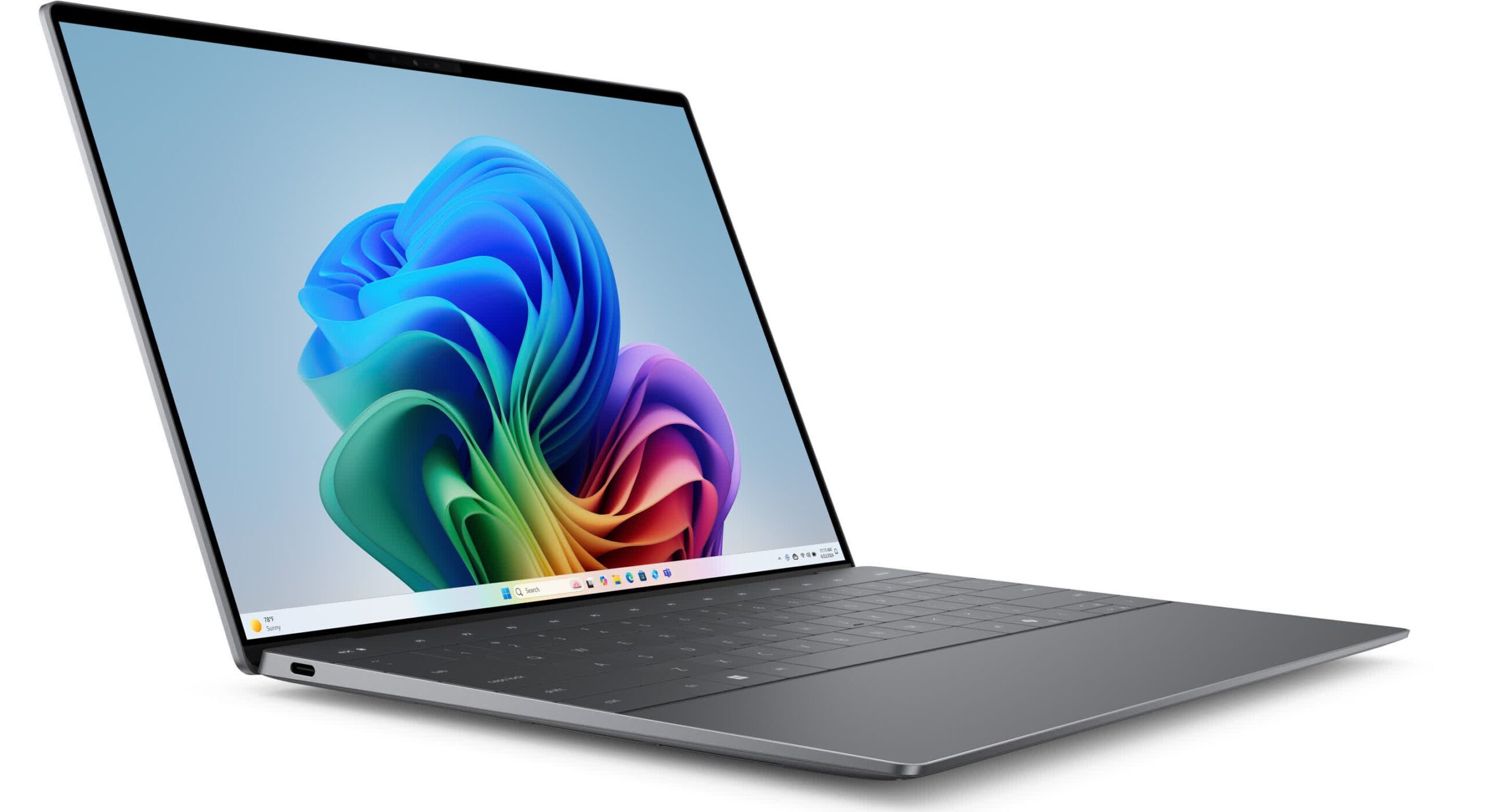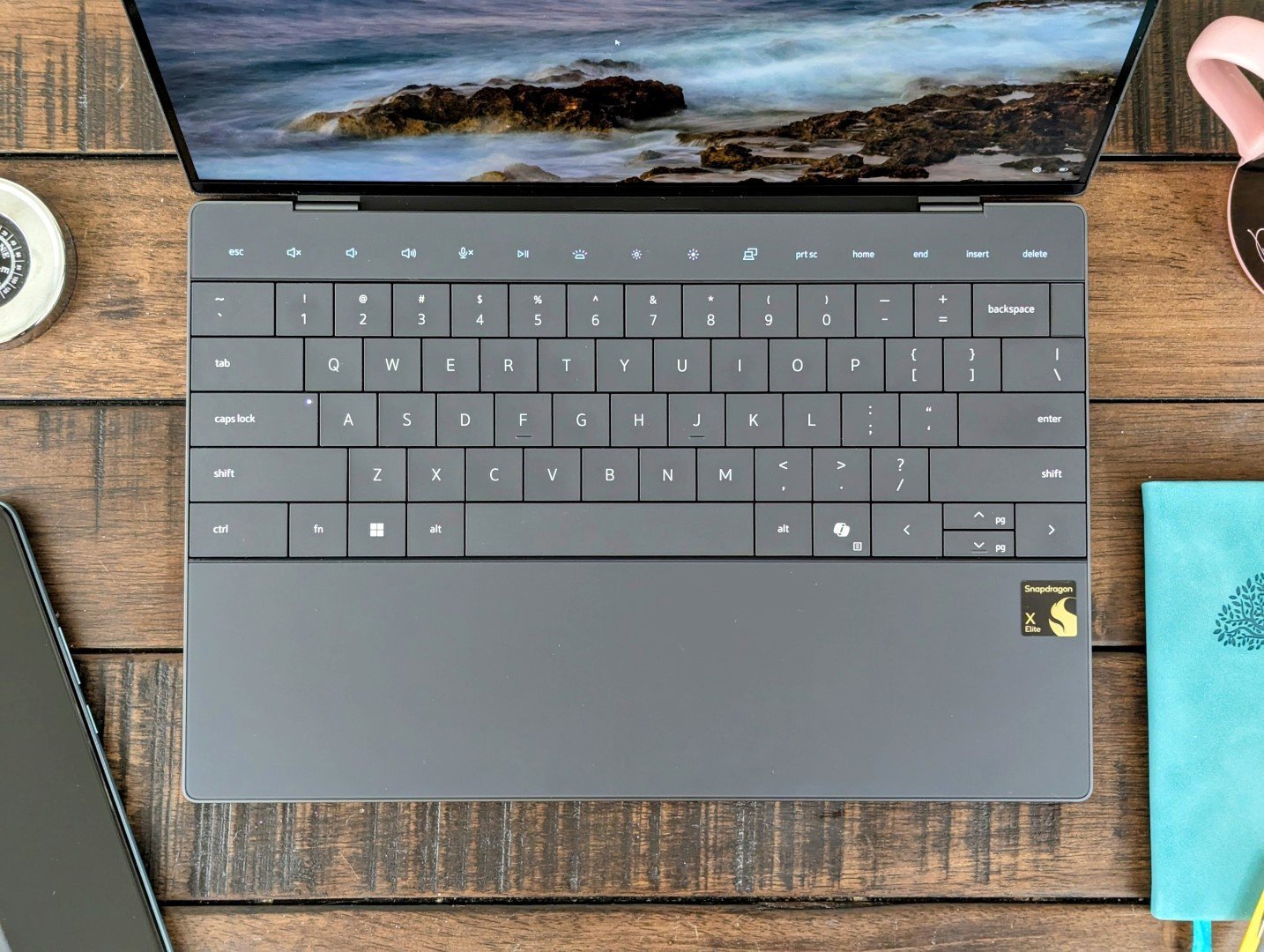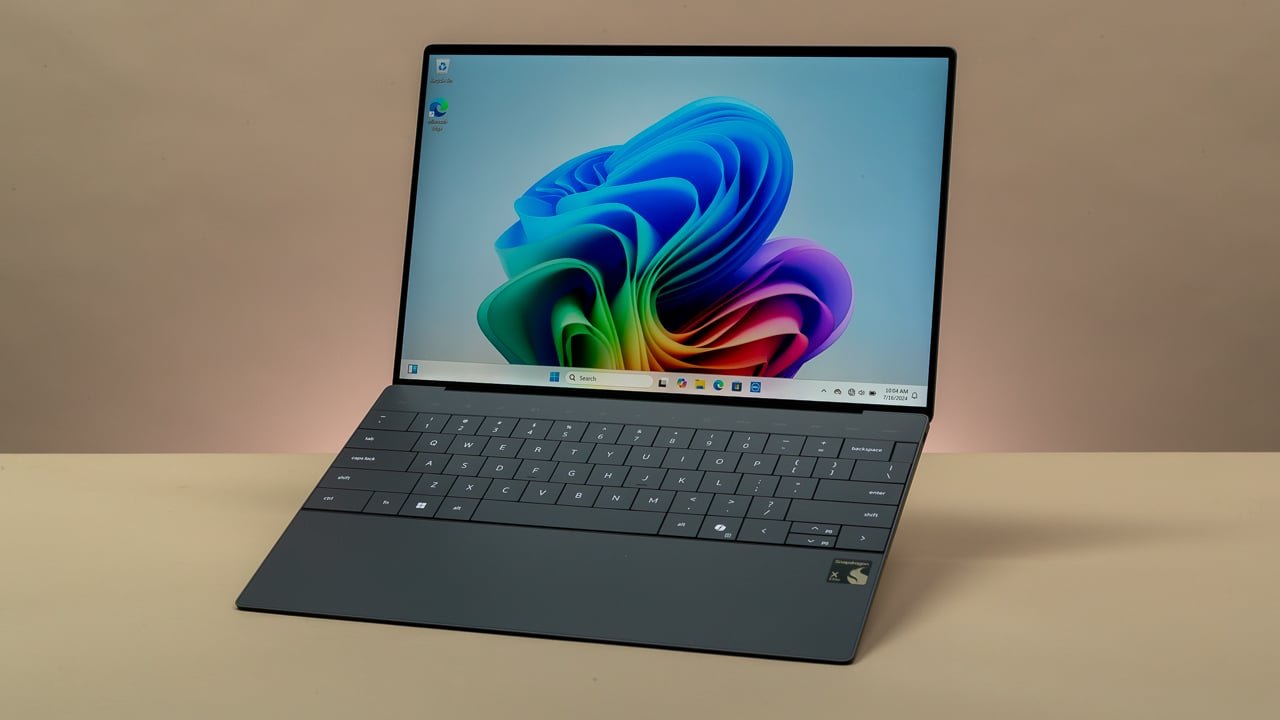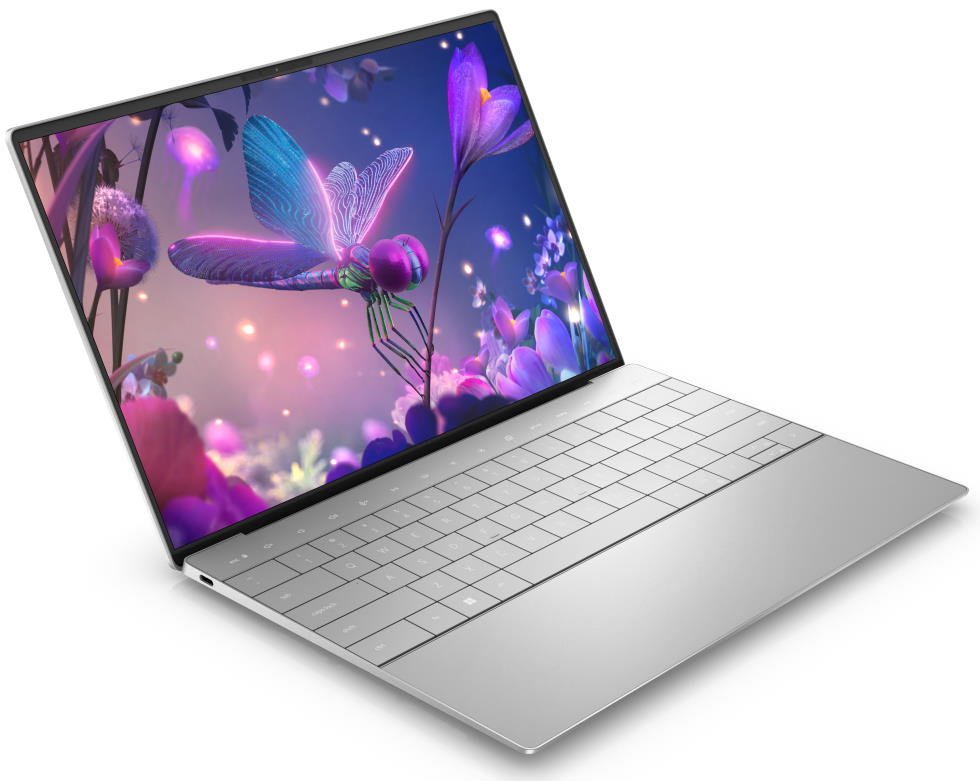Dell XPS 13 (9345) Review: A Bold Leap into the Future

For years, the Dell XPS 13 has been the quintessential Windows ultrabook—a benchmark for design, performance, and portability. But with the new XPS 13 (9345), Dell isn’t just releasing another iteration; it’s making a statement. By swapping out familiar Intel silicon for Qualcomm’s new Snapdragon X Elite chip, Dell has created its first true “Copilot+ PC,” aiming squarely at the efficiency and performance throne long held by Apple’s MacBook Air. This isn’t just an update; it’s a fundamental reimagining of what an XPS can be. But does this bold leap land successfully?
A Familiar, Futurist Design
At first glance, the XPS 13 (9345) is indistinguishable from its Intel-based sibling, the 9340. That’s a good thing. The design is a masterclass in modern minimalism, crafted from a single block of CNC-machined aluminum with diamond-cut edges. It’s impossibly thin, impressively light, and feels every bit the premium device its price tag suggests.

The controversial design choices from the previous refresh remain. The keyboard is flanked by speaker grilles, and nestled above it is the capacitive touch function row. This row, which switches between function keys and media controls, looks sleek but lacks the tactile feedback of physical keys, leading to a steeper learning curve and occasional accidental presses. Similarly, the seamless haptic glass touchpad, which blends invisibly into the palm rest, is a marvel of engineering. While its haptic feedback is surprisingly good, locating its boundaries without looking down can be an initial challenge. These are futuristic touches that prioritize form, and your mileage will vary depending on your tolerance for re-learning muscle memory.

The Snapdragon X Elite Revolution
The real story here is the performance, powered by the Snapdragon X Elite processor. This ARM-based chip promises two things: incredible efficiency and powerful on-device AI capabilities. On the first promise, it delivers in spades. The XPS 13 (9345) offers truly game-changing battery life. We’re talking about a machine that can comfortably last through a full workday, a long-haul flight, and still have juice to spare. It runs cool and completely silent, as there are no fans. For general productivity—browsing, office applications, and streaming—the system is incredibly snappy and responsive.
The second promise, AI, is what defines it as a Copilot+ PC. The integrated NPU (Neural Processing Unit) is designed to accelerate AI tasks locally, enabling features like Windows Studio Effects for video calls and the much-discussed Recall, which lets you search for anything you’ve ever seen on your screen.

However, the transition to ARM on Windows isn’t without its friction. While native ARM64 apps fly, many legacy Windows applications still rely on the Prism emulation layer. Performance for these emulated apps is surprisingly capable for most day-to-day software, but demanding creative or specialized x86 applications can suffer from performance hits or, in some cases, compatibility issues. This is the pioneer’s tax: you get a glimpse of the future, but the path isn’t perfectly paved just yet.
Display and User Experience
As always, the display is a highlight. The base model features a sharp FHD+ InfinityEdge panel, but the upgrade to the 3K OLED touch display is worth every penny. It delivers perfect blacks, stunning color accuracy, and incredible vibrancy that makes everything from spreadsheets to movies look spectacular.
The typing experience on the zero-lattice keyboard is pleasant, with large keycaps and a satisfying, albeit shallow, travel. Combined with the stunning display and surprisingly robust quad-speaker audio, the XPS 13 remains a phenomenal machine for both content creation and consumption. Connectivity, however, is spartan. With only two Thunderbolt 4 (USB-C) ports, you’ll be living the dongle life if you need to connect legacy peripherals or an external display via HDMI.
The Verdict: For the Forward-Thinker
The Dell XPS 13 (9345) is a beautifully crafted, incredibly efficient machine that offers a compelling vision for the future of Windows laptops. Its battery life is nothing short of revolutionary, the performance for native tasks is excellent, and the design remains at the peak of the industry.
This, however, is a first-generation product in a new category. The potential for software incompatibility, however small for most users, is real. The futuristic function row and touchpad may frustrate as much as they delight. Therefore, the XPS 13 (9345) is best for the road warrior, the tech enthusiast, or the professional who prioritizes battery life and portability above all else and is willing to embrace the cutting edge. If your workflow depends on niche, high-performance x86 applications, you may want to wait for the ecosystem to mature. For everyone else, this is one of the most exciting laptops in years.
Where to Buy:
Dell XPS 13 9345 Quick Summary
Key Scores:
- Value: 91%
- Design: 93%
- Performance: 92%
- Quality: 92%
- Popularity: 90%
Top Pros
- ✅ Groundbreaking battery life lasts well beyond a standard workday.
- ✅ The minimalist aluminum chassis feels incredibly premium and light.
- ✅ Snapdragon X Elite provides impressively fast and silent performance.
- …
Key Cons
- ❌ Legacy application compatibility can be inconsistent on Windows on ARM.
- ❌ The touch-based function row lacks essential physical tactile feedback.
- ❌ A severe lack of ports necessitates using an adapter dongle.

















